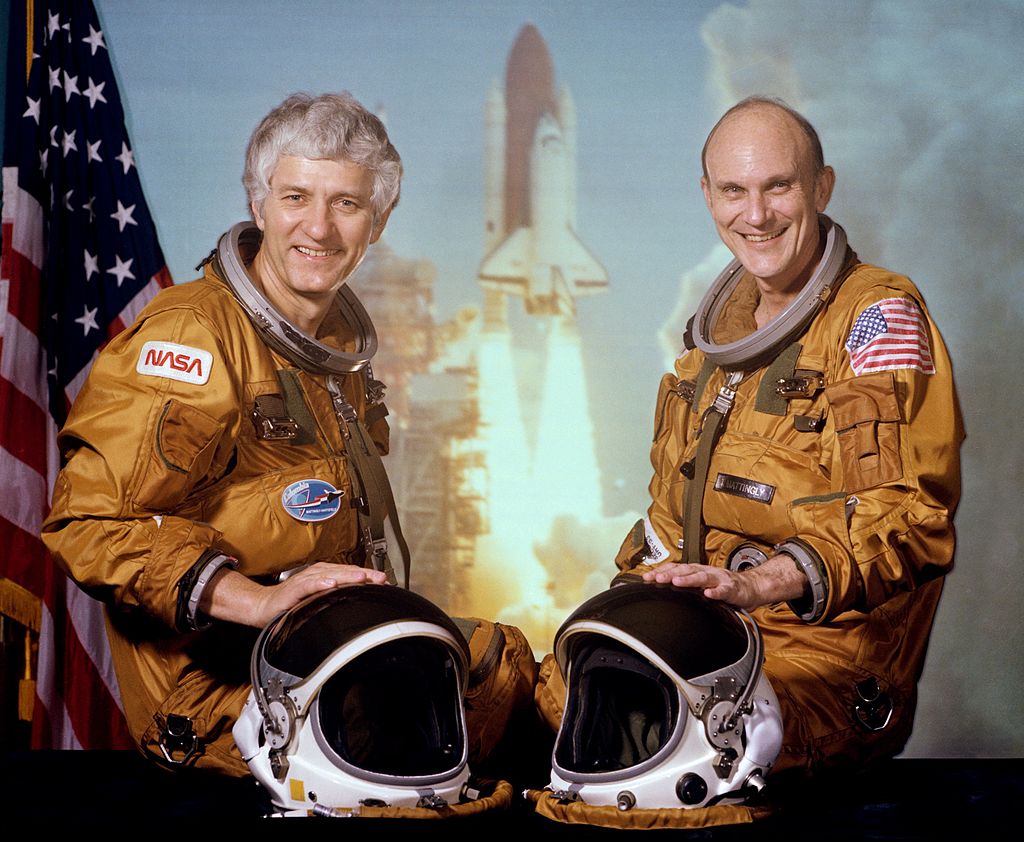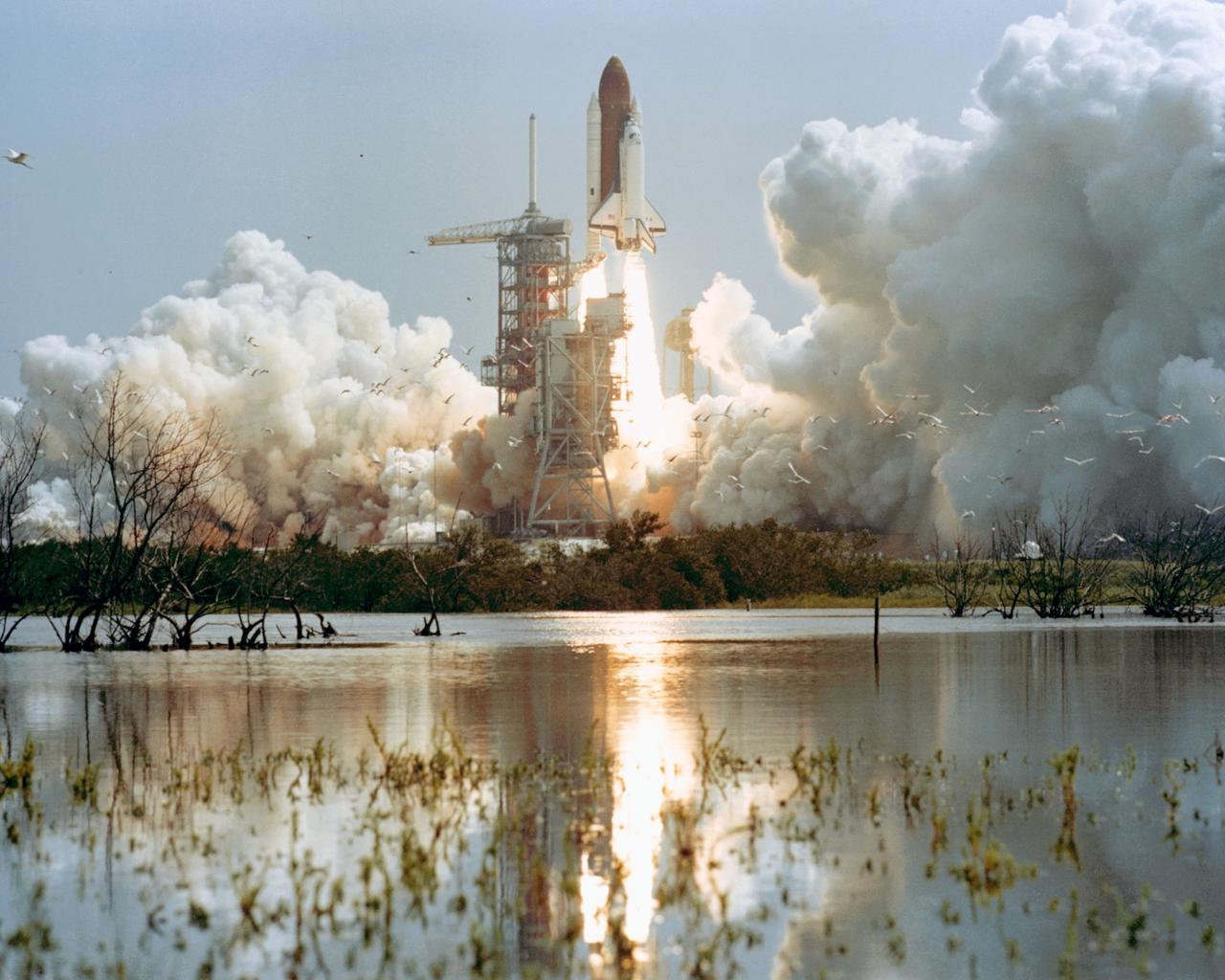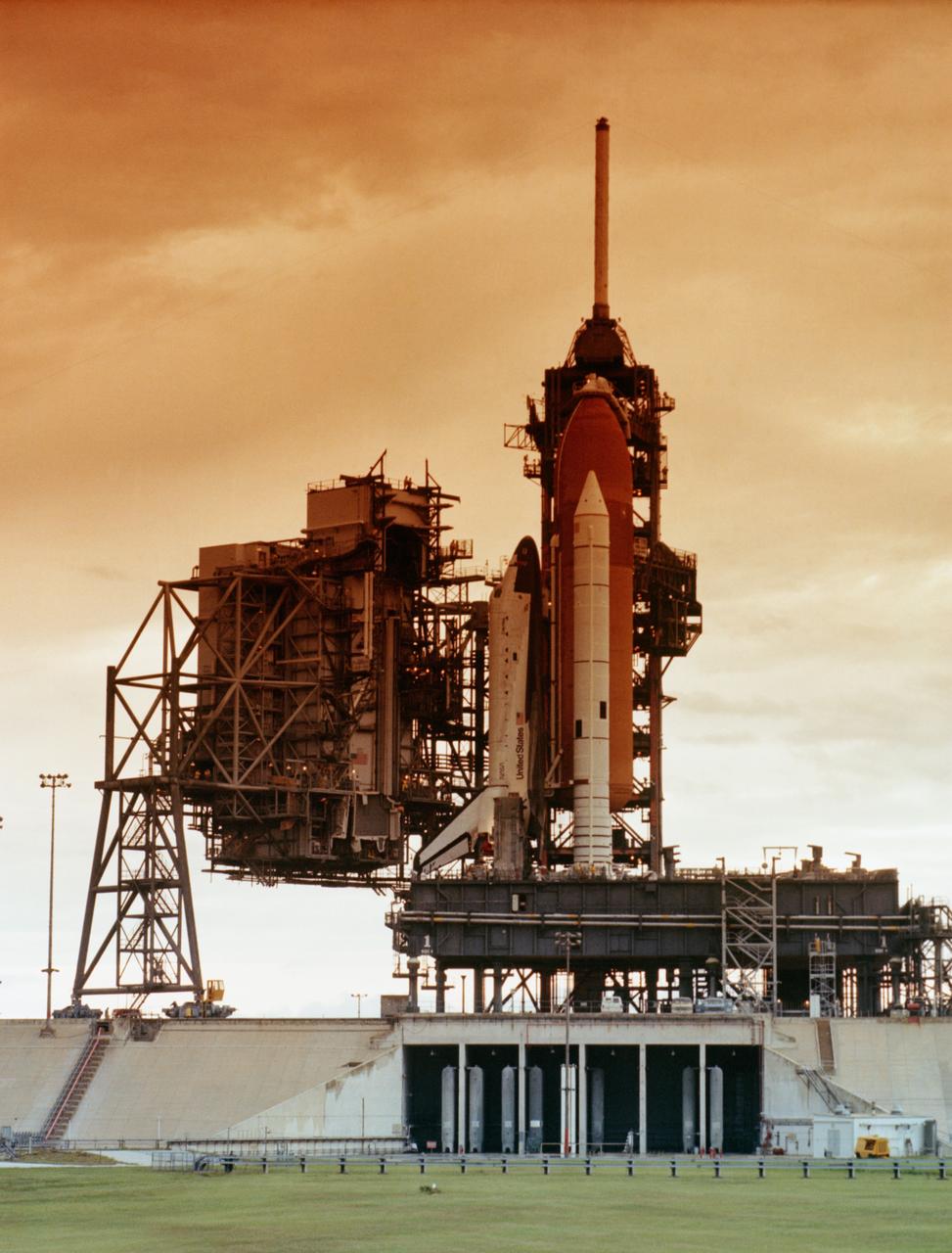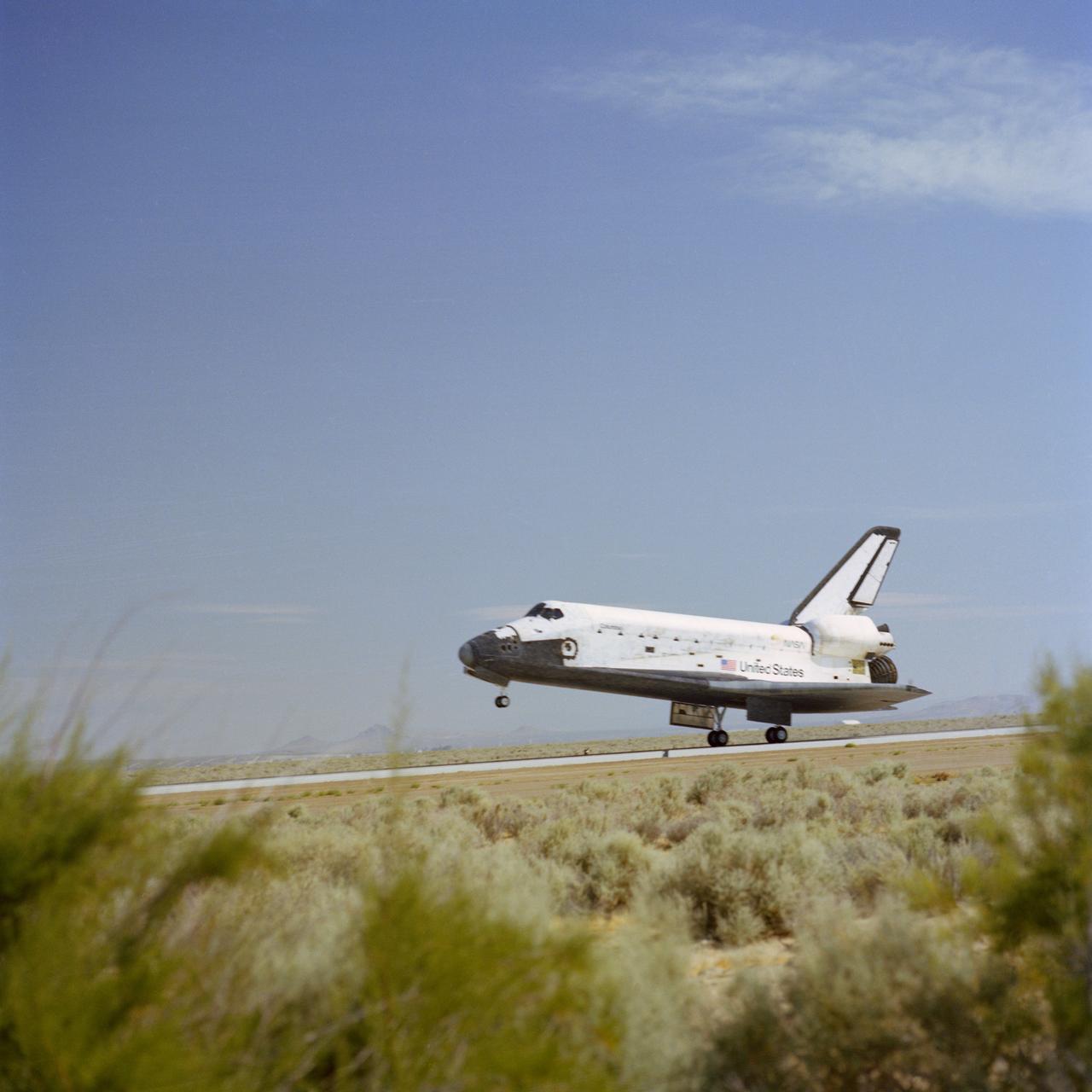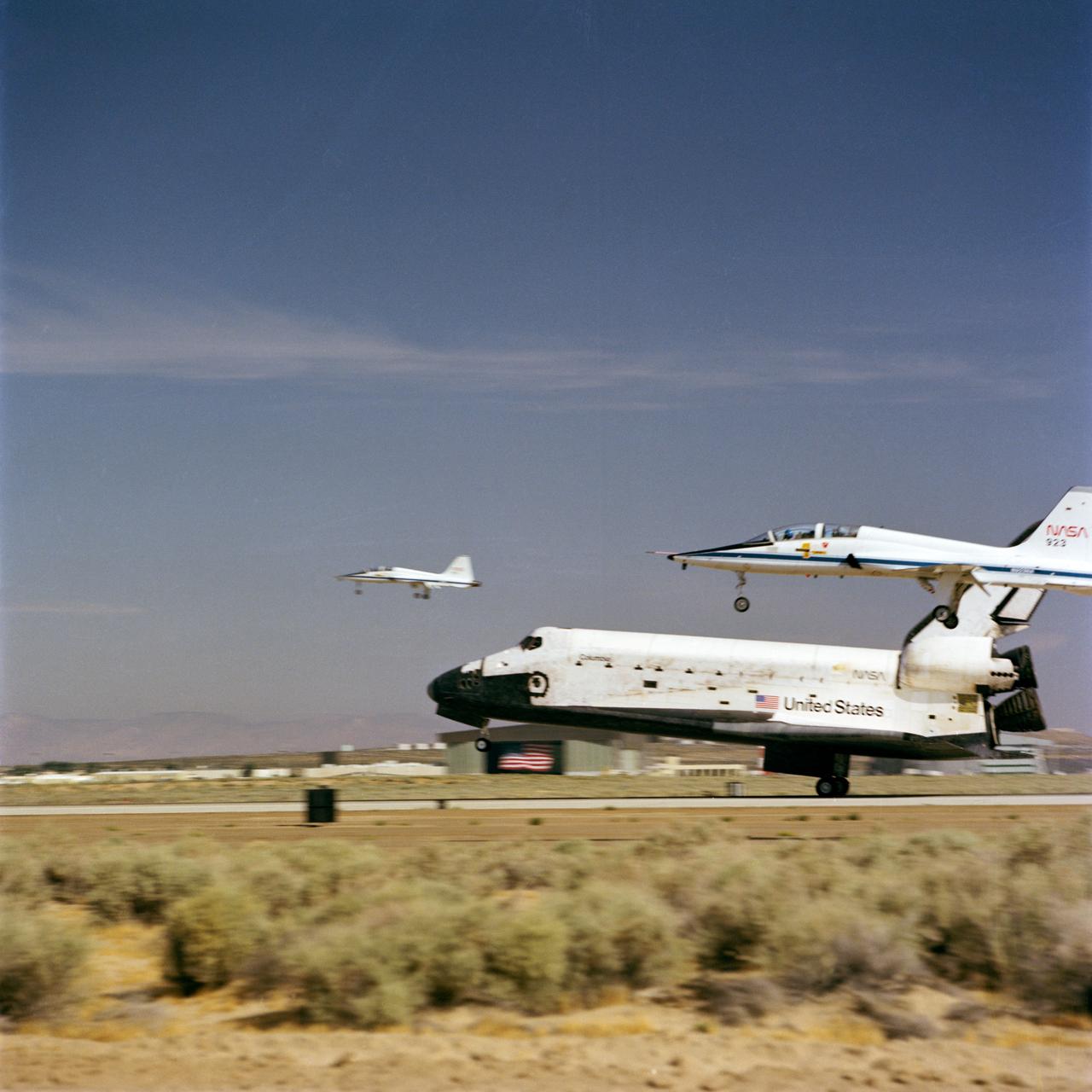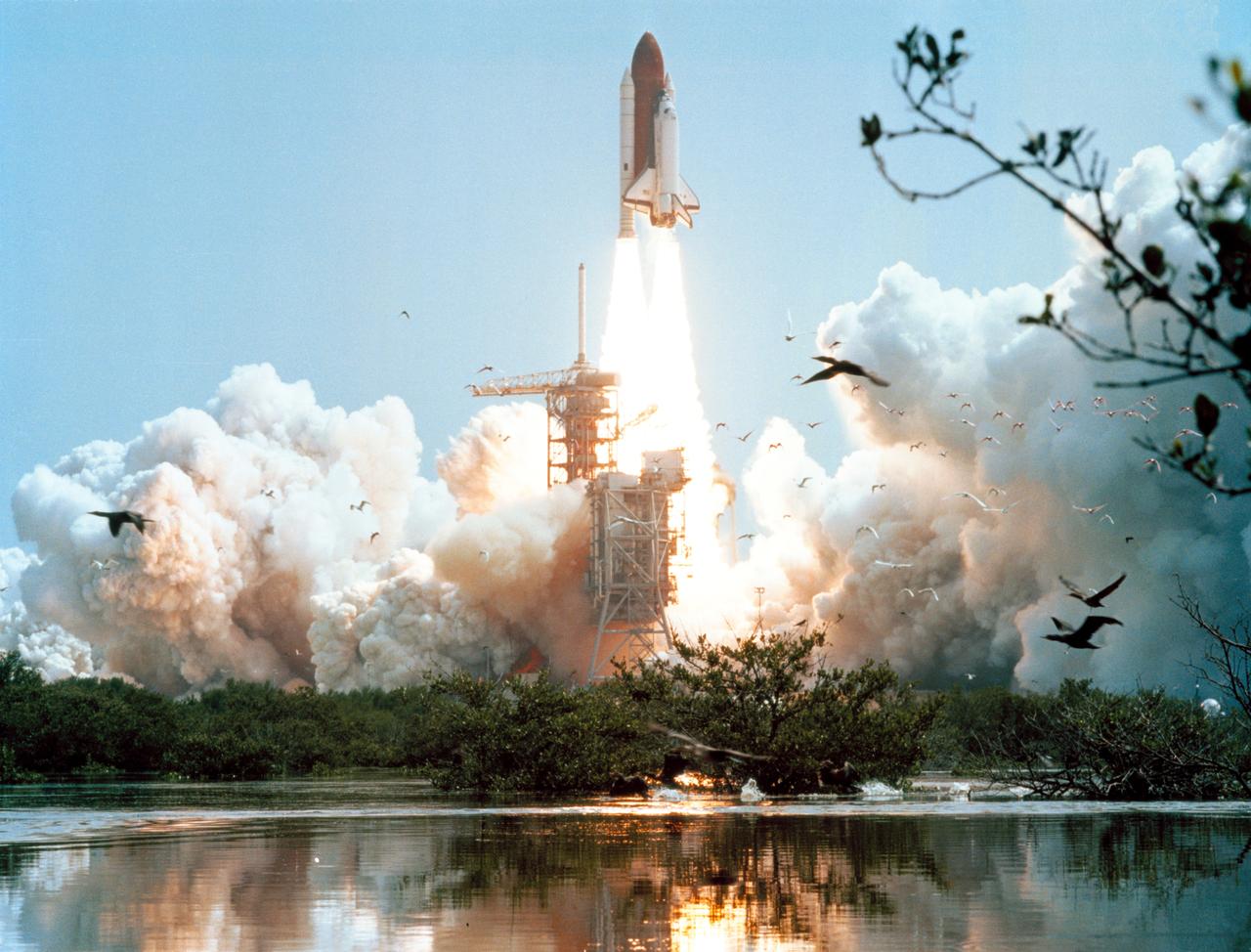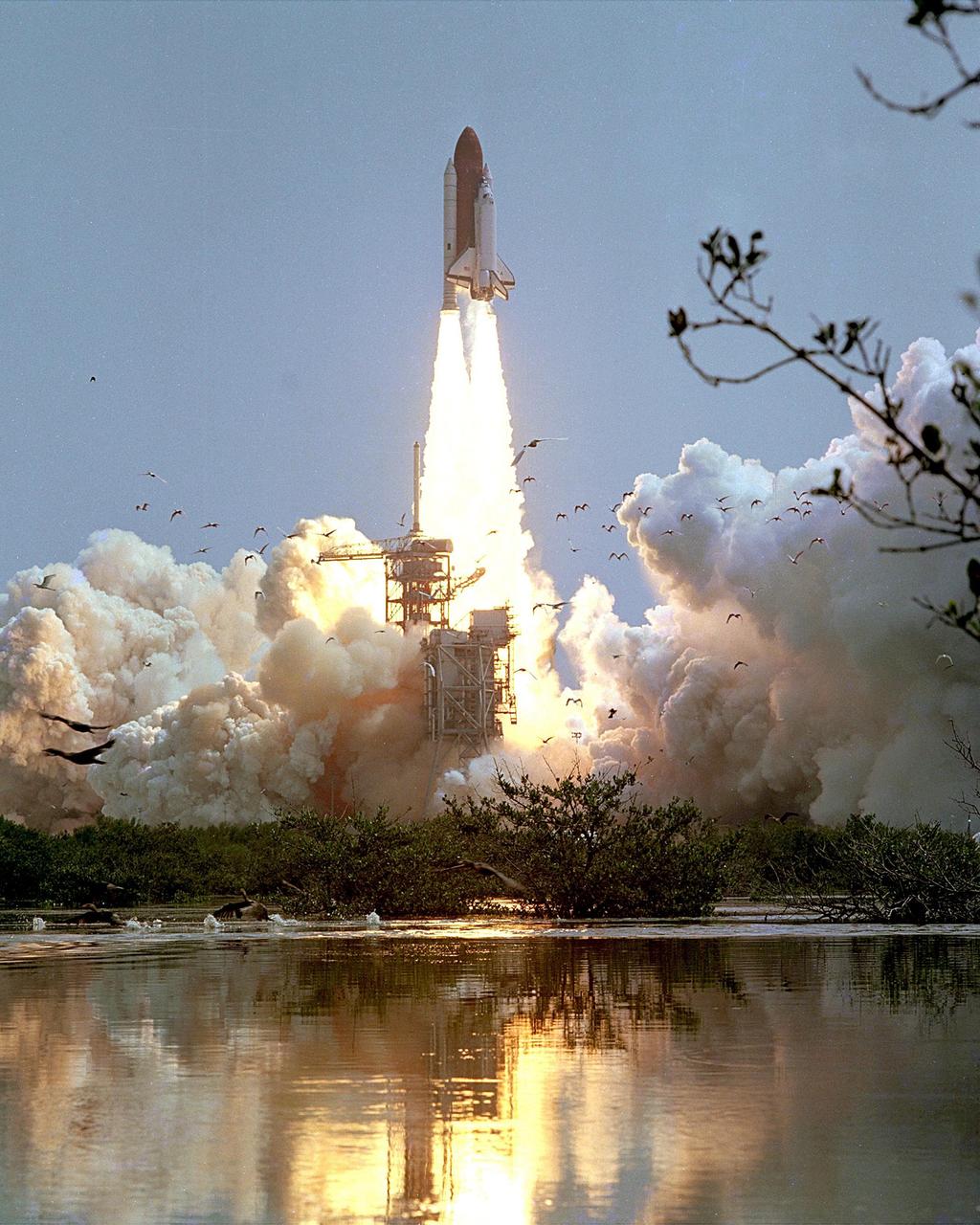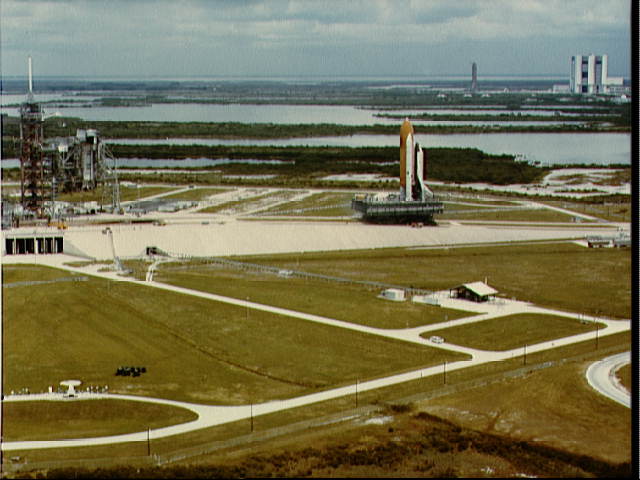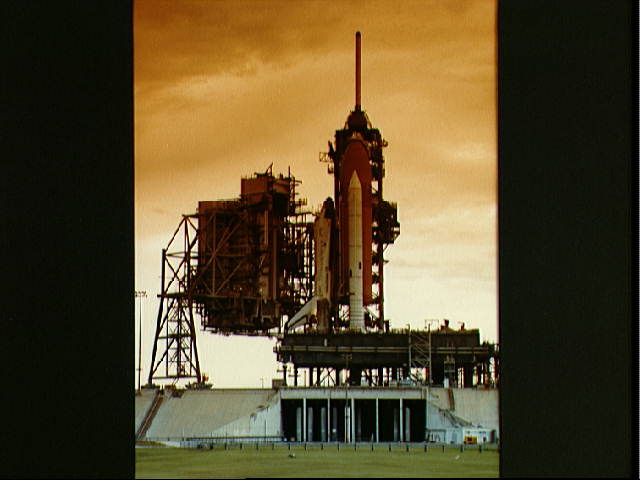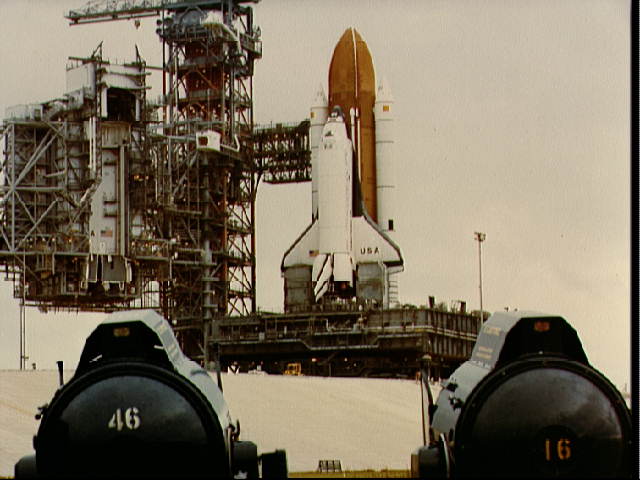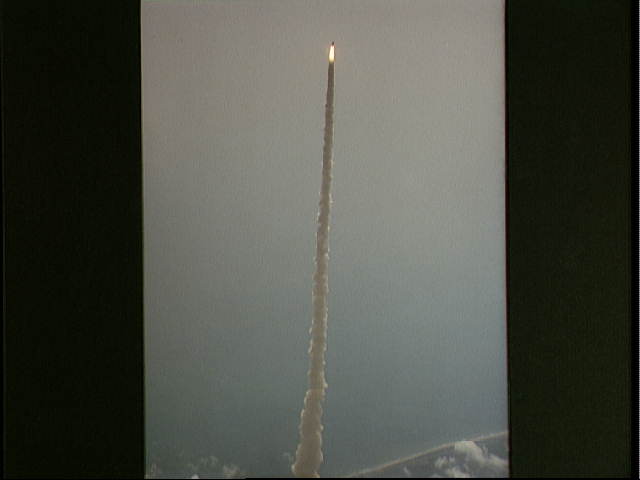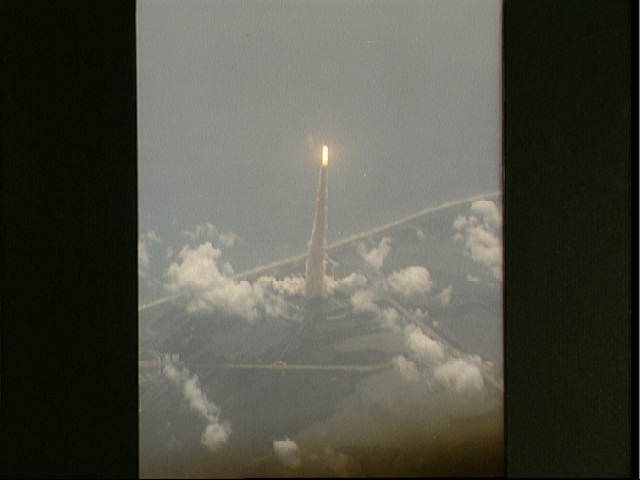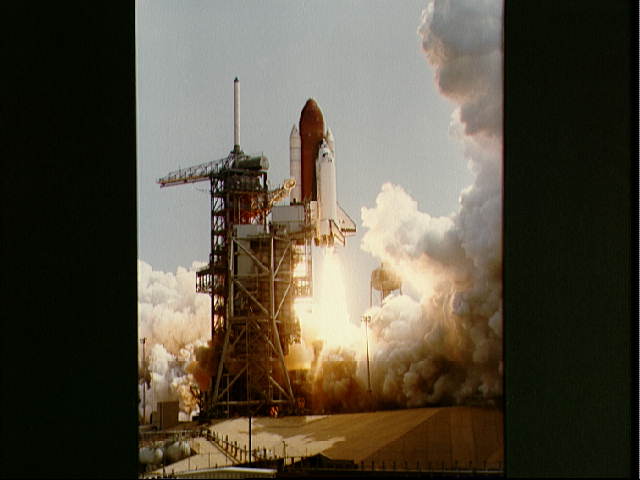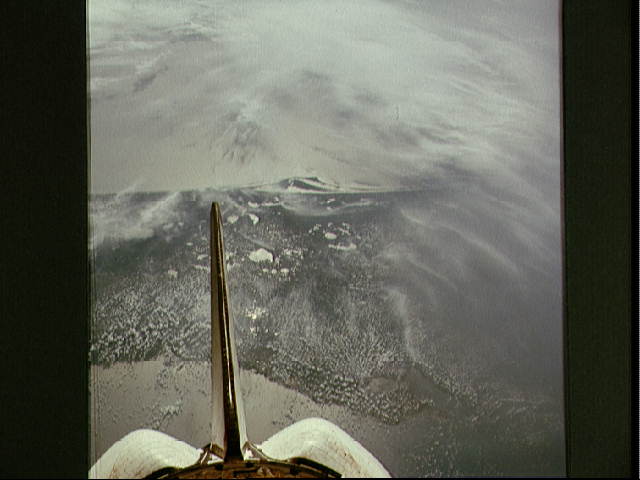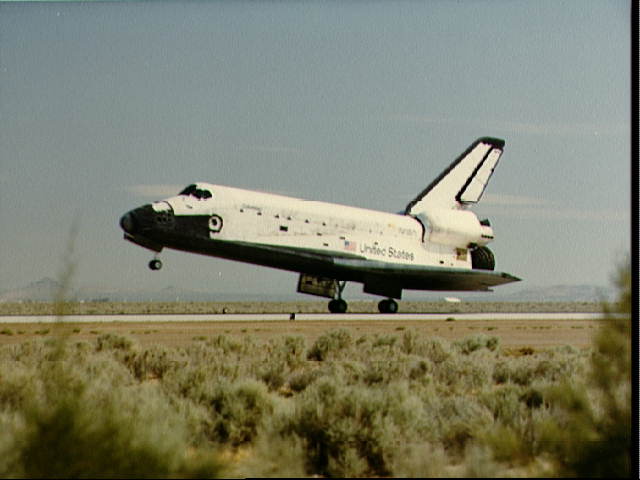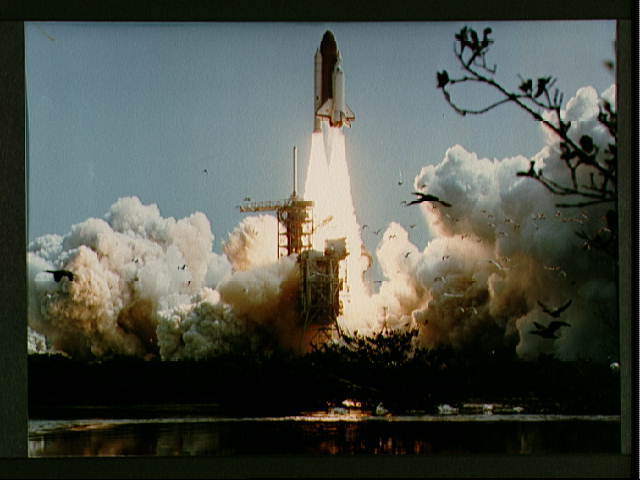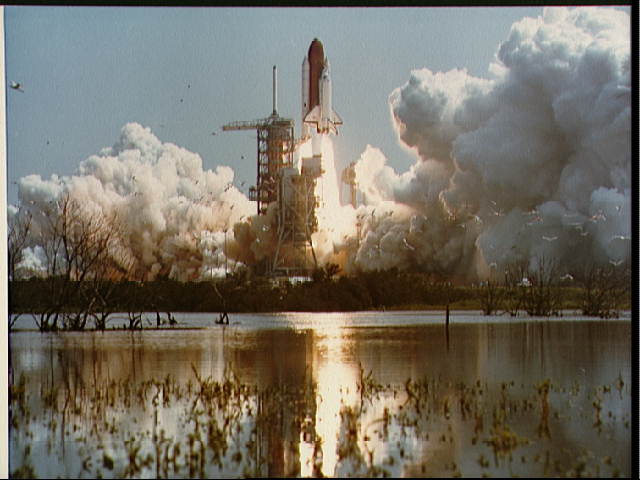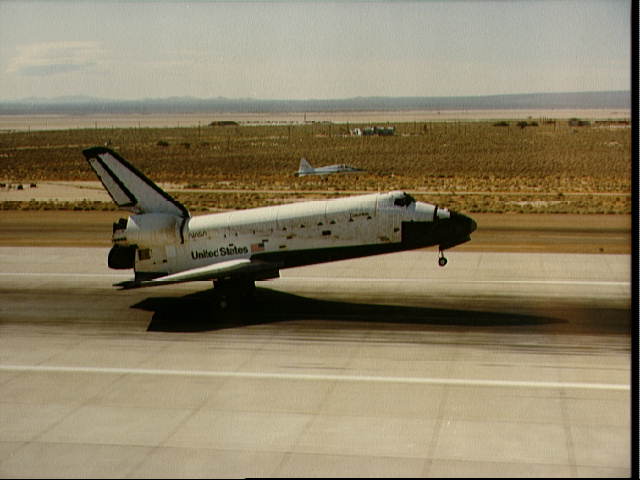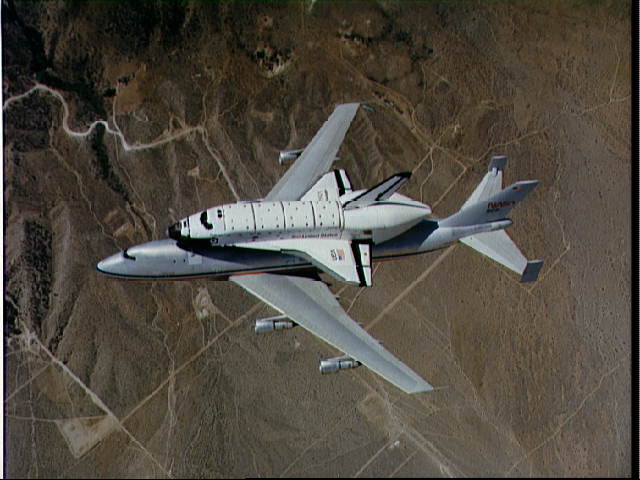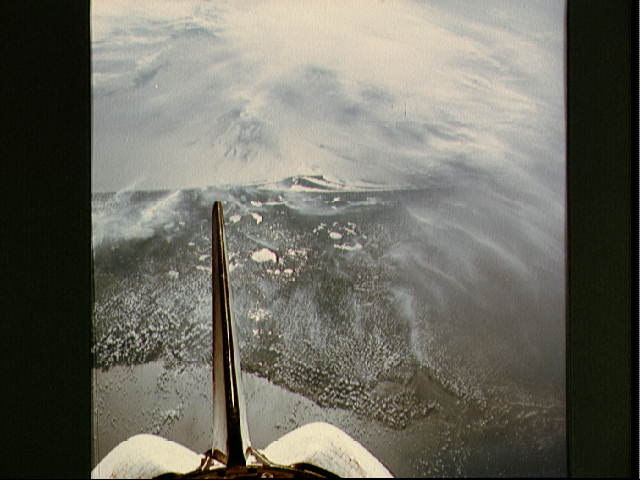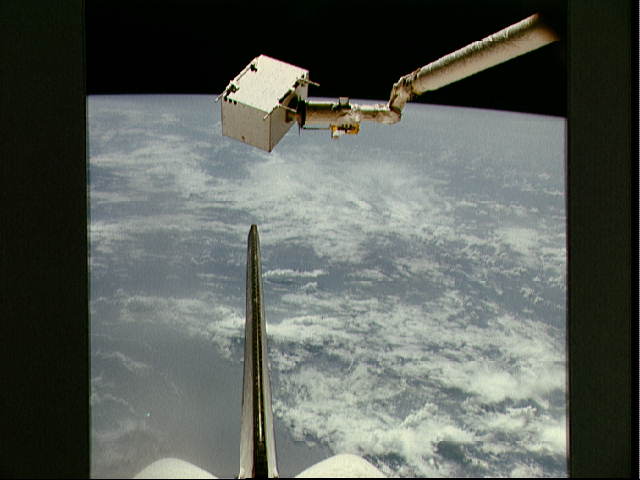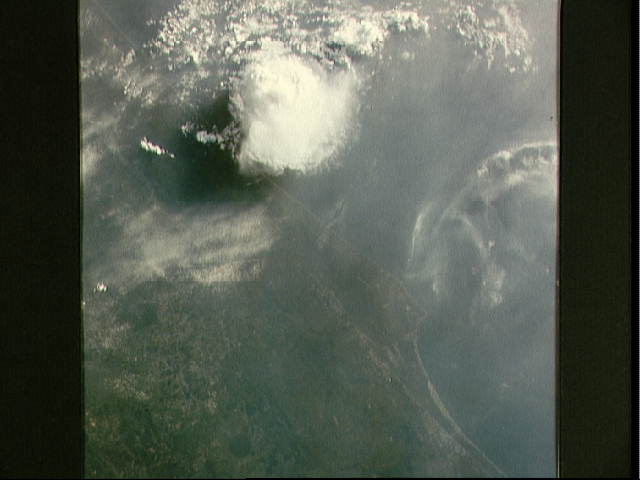STS-4 Fact Sheet
By Cliff Lethbridge

STS-4 — Columbia
4th Space Shuttle Mission
4th Flight of Columbia
Crew:
Thomas K. Mattingly, Commander
Henry W. Hartsfield, Jr., Pilot
Orbiter Preparations:
Tow to Orbiter Processing Facility – April 7, 1982
Rollover to Vehicle Assembly Building – May 19, 1982
Rollout to Launch Pad 39A – May 26, 1982
Launch:
June 27, 1982 – 11:00:00 a.m. EDT. Launch proceeded as planned with no launch delays. Both solid rocket booster casings were lost when their main parachutes failed to deploy. The casings sank following water impact. Some rainwater penetrated the protective coating of several heat resistant tiles while the orbiter was on the pad. On orbit, the affected area was turned toward the sun and the water vaporized, thus preventing further tile damage from freezing water.
Landing:
July 4, 1982 – 9:09:31 a.m. PDT at Runway 22, Edwards Air Force Base, California. Rollout distance was 9,878 feet. Rollout time was 73 seconds. Mission duration was 7 days, 1 hour, 9 minutes, 31 seconds. Landing occurred during the 113th orbit. This was the first landing on the 15,000-foot concrete runway at Edwards.
Mission Summary:
The fourth and final test flight of a Space Shuttle carried a classified military payload into space. Additional payloads included the first Get Away Special (GAS) canisters which contained nine experiments from Utah State University.
Also flown was the first commercial experiment involving Continuous Flow Electrophoresis System (CFES), plus the Monodisperse Latex Reactor (MLR), Induced Environment Contamination Monitor (IECM) which was deployed, and two Shuttle Student Involvement Program (SSIP) experiments.
The crew took data from two medical experiments on themselves, successfully operated the Shuttle’s remote manipulator arm to swing the IECM around the orbiter and took photos of lightning activity in Earth’s atmosphere.
SELECTED NASA PHOTOS FROM STS-4
